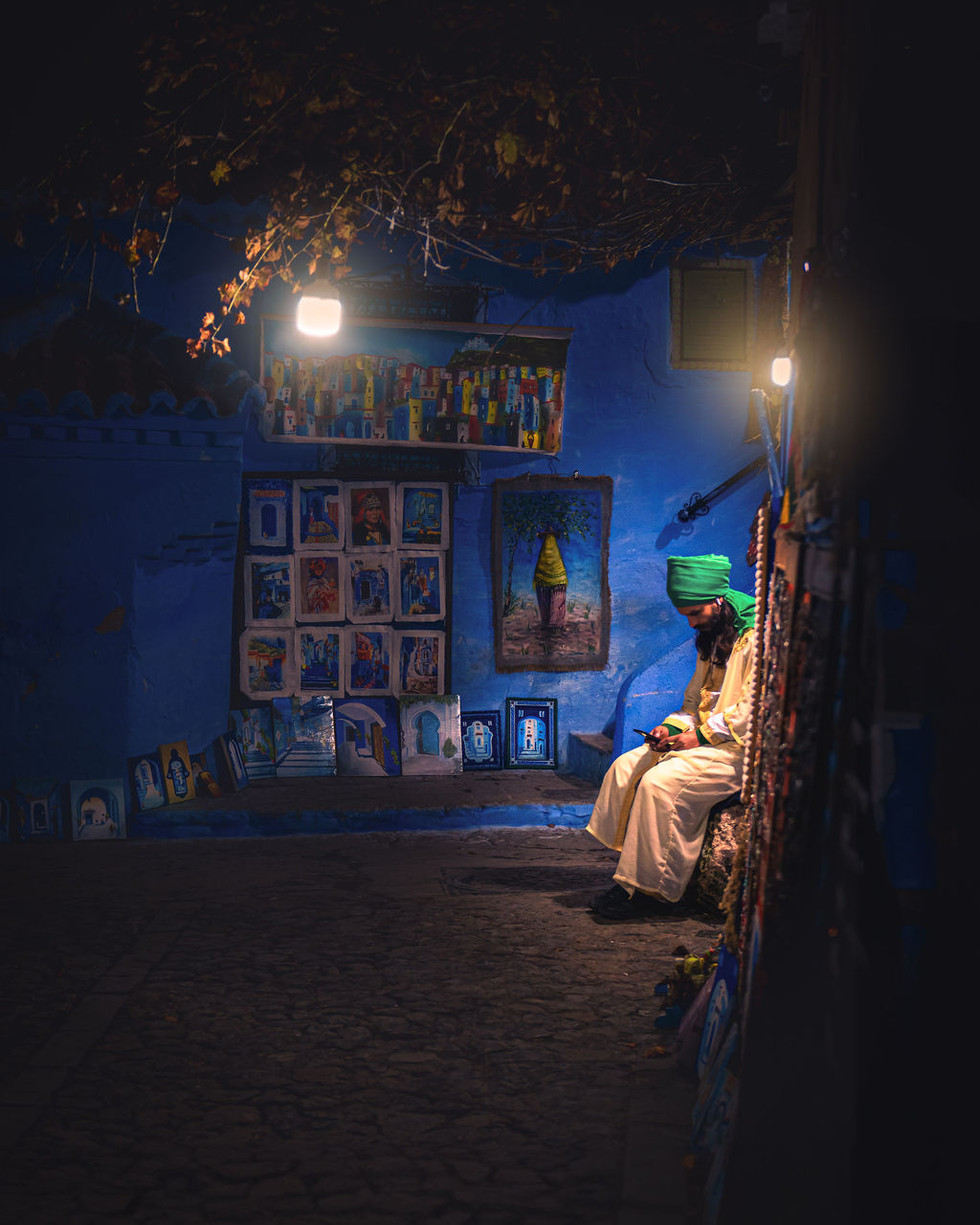Morocco: From the Vibrant Streets of Rabat to the Colorful Delights of Chefchaouen
- That's How We Travel

- Aug 17, 2024
- 3 min read
Updated: Apr 13
Summary: On our second day in Morocco, we left Casablanca and drove an hour to the city of Rabat. Here, we stopped at the citadel, Oudaya Kasbah, a UNESCO World Heritage Site. Next, we visited the Mausoleum of Mohammed V and Hassan Tower, followed by lunch on a boat overlooking Rabat's famous Mohammed VI Tower. Next we drove 4+ hours to the city of Chefchaouen, where we arrived just in time for the sunset and an evening stroll through the narrow, blue-washed streets.
[This blog is part of a 10-days in Morocco Trip].

Drive from Casablanca to Rabat. Our day started with breakfast in the hotel, then 1-hour drive from Cassablanca to Rabat. This region of Morocco was the greenest of the whole trip.
Rabat's Kasbah of the Udayas. Once in Rabat, we stopped at this UNESCO World Heritage Site. Formerly the home of various powerful sultans of Morocco, the Kasbah is the home of Morocco's oldest Mosque.
Markets. Inside the walls lies a market that reminded us of Southern Spain or Portugal with Moroccan highlights like the "Moorish" or "horseshoe" arch doors. This should come as no surprise since this rabat (fortified outpost) was founded in the 10th century by the Umayyads of Cordoba (Spain) to defend against the area's Barghawata Berbers.
Doors. One of the first things we noticed about Moroccan architecture was their devotion to creating beautiful doors.
Mausoleum of Mohammed V. Next we headed over to the Mausoleum of Mohammed V. The remains of the current king of Morocco's father and grandfather, Hassan II and Mohammed V, are laid to rest in Rabat. Outside the grounds, the king's guard keeps watch. Locals, like this sweet gentlemen below, sit and watch the tourist and birds alike.
Before you reach the Mausoleum, visitors first walk across the grounds of what remains of a 12th century Mosque, destroyed in Lisbon's 1755 earthquake. The Hassan Tour, the largest remaining portion of the Mosque was originally commissioned by Abu Yusuf Yaqub al-Mansur, the third caliph of the Almohad Caliphate.
Further into the grounds, lies the Mausoleum. This UNESCO site is made of while marble and features Morocco's unique architecture and design. Just outside the building, you can get a great view of the Mohammed VI Tower.
Next, we went to the harbor to have lunch on a boat that houses the Le Dhow restaurant. We enjoyed some traditional Moroccan dishes, all with excellent service.
For the next 4+ hours, the bottom video was this writer's view as we drove to our next stop, the blue city of Chefchaouen.
Chefchaouen. Arriving just before sunset, we were able to catch some beautiful shots of this unique village before dropping our bags at our hotel. Founded in 1471, this town is located on the historically "Spanish" side of Morocco, meaning the area is influenced by its past Spanish and Portuguese occupants. It wasn't until 1956 that the City and neighboring northern region ceded from Spain.
Why is it blue? There are many theories behind the blue architecture. One is that with an influx of Jewish residents during WWII, the Jewish tradition of painting things blue to remind us of the sky and in turn God and Heaven, came with it. Others say that it started as a representation of the nearby Mediterranean Sea or to keep houses cool. Skeptics say it was just to bring tourists. Whatever the case may be, it was a unique look and interesting to see!
After dinner at the hotel, we went out to visit the markets at night. Interestingly, things were fairly shut down by sundown. The crowds had left and most shops started closing up. It was nice to get acquainted with Chefchaouen without all the hustle of the day visitors. Don't forget to pick up some Moroccan cookies at one of the little bakery shops for dessert.
Our itinerary had us here for just one night. With an early hike planned, we headed back to the hotel to turn in for the night.
















































































Comments